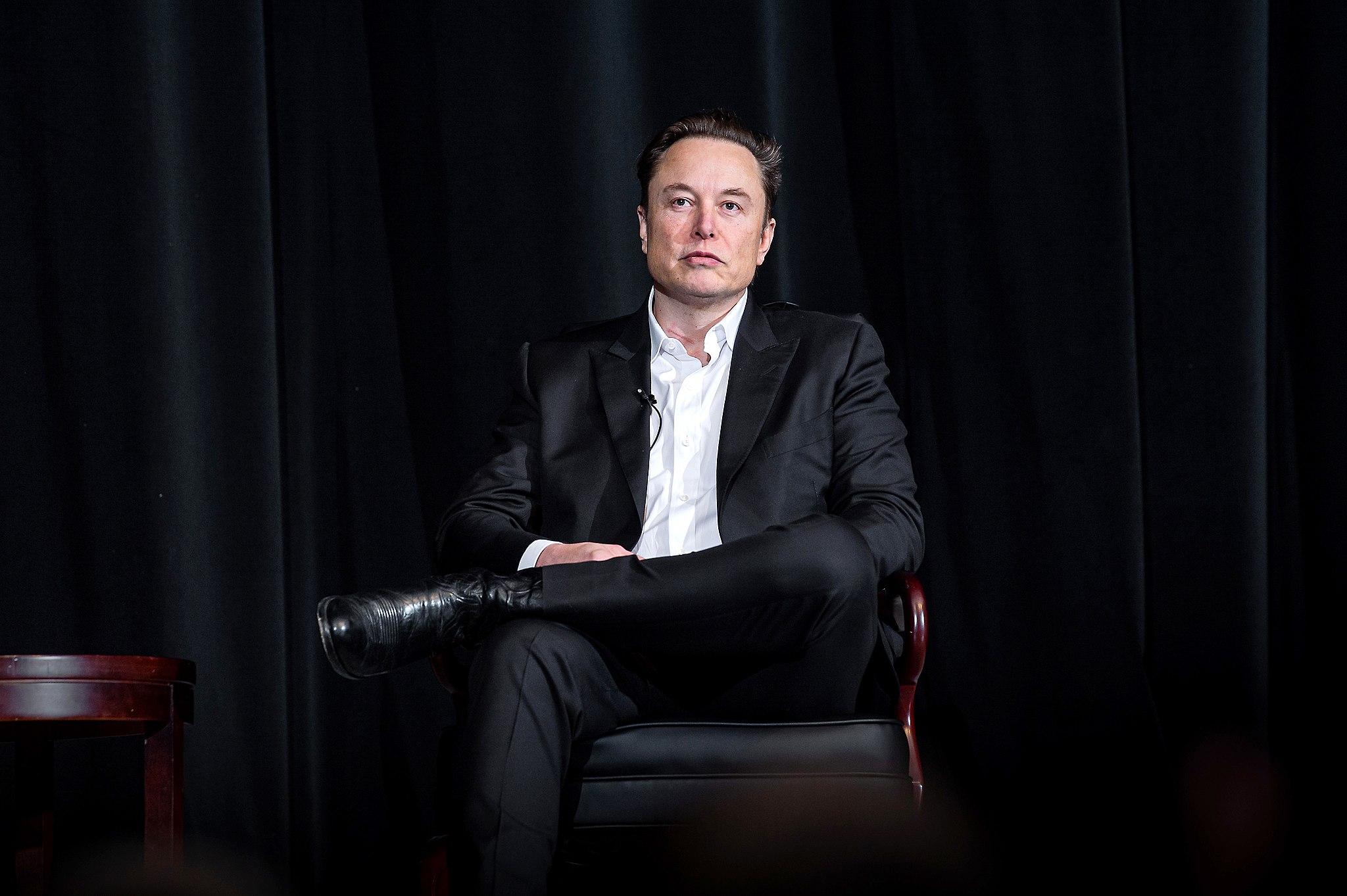
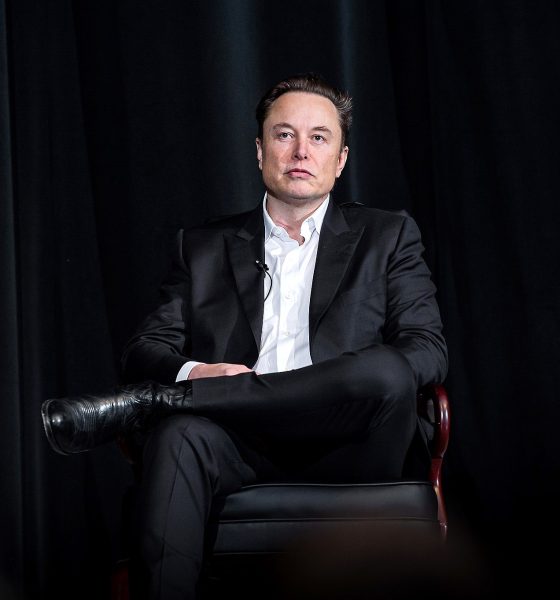
News
“Elon Musk provision:” CA ponders wealth tax–even for those who moved out of state
California legislators are advocating for legislation that would introduce a new tax on the state’s wealthiest residents, even if they have already relocated to another area of the country. The bill was introduced by Assemblyman Alex Lee, a progressive Democrat in the California State Legislature.
Lee’s bill would impose an additional annual 1.5% tax on individuals with a “worldwide net worth” over $1 billion, beginning as early as January 2024. As early as 2026, the bill’s threshold would drop, as individuals with a worldwide net worth over $50 million would also be hit with a 1% annual tax on wealth. Lee estimates that the proposal could raise about $22 billion in new revenue for the state.
In a post on Twitter, Lee noted that the bill is a way for the ultra-rich to pay their fair share. “The working class has shouldered the tax burden for too long. In CA, we’ve introduced #ACA3 + #AB259 to tax the ultra rich & invest in all Californians. The ultra rich are paying little to nothing by hoarding their wealth through assets. Time to end that,” Lee wrote in a post.
While exit taxes are not new in California, the bill includes provisions to create contractual claims tied to the assets of wealthy taxpayers who are unable to pay their annual wealth tax bill because the majority of their assets are not easily converted to cash. The bill would then require annual filings with the California Franchise Tax Board so the individuals can pay the wealth taxes they owe, even if they have already relocated to another state.
Steve Boultbee, a tax partner at Marcum LLP in San Francisco, told the San Francisco Business Times that the proposed tax appears to be a way to discourage residents of California from relocating to another state, especially before an initial public offering or other liquidity events. Boultbee noted that individuals such as Tesla CEO Elon Musk could be affected by the bill.
“You’re gonna have to have left four years before, or they’re going to conceivably get you for something. My first thought is that this could be an ‘Elon Musk provision’ since he moved to Texas,” the tax partner said.
Supporters of the legislation have argued that the funds it could collect from the state’s wealthiest could provide funding for key programs, such as schools, housing, and other social initiatives. Experts, however, have argued against the bill. Jared Walczak, vice president of state projects at Tax Foundation, noted in a statement to Fox News Digital that the bill would actually damage the state’s economy.
“The proposed California wealth tax would be economically destructive, challenging to administer, and would drive many wealthy residents — and all their current tax payments — out of state. The bill sets aside as much as $660 million per year just for administrative costs, more than $40,000 per prospective taxpayer, giving an idea of how difficult such a tax would be to administer.
“A wealth tax could be particularly destructive in California, home to so many tech startups, because the owners of promising businesses could be taxed on hundreds of millions of dollars’ worth of estimated business value that never actually materializes. Very few taxpayers would remit wealth taxes, but many taxpayers would pay the price,” Walczak added.
Patrick Gleason, vice president of state affairs at Americans for Tax Reform, also told the publication that the bill’s system to “get around” the problem of the wealthy leaving California by trying to “tax people even after they leave the state” is questionable at best, or unconstitutional at worst. It should be noted that previous studies have demonstrated that the top 1% of taxpayers in states such as New York and California actually contribute approximately 50% of state income taxes, just as highlighted by individuals such as Elon Musk in the past.
According to Forbes’ 2022 World’s Billionaires list, California remains home to the most billionaires in the country, with 186 living in the state. This is a decrease from the previous year’s count of 189. Despite this, several companies, such as McKesson, Oracle, Tesla, and Charles Schwab, have relocated their headquarters to Texas in recent years.
Don’t hesitate to contact us with news tips. Just send a message to simon@teslarati.com to give us a heads up.

Elon Musk
SpaceX maintains unbelievable Starship target despite Booster 18 incident
It appears that it will take more than an anomaly to stop SpaceX’s march towards Starship V3’s refinement.
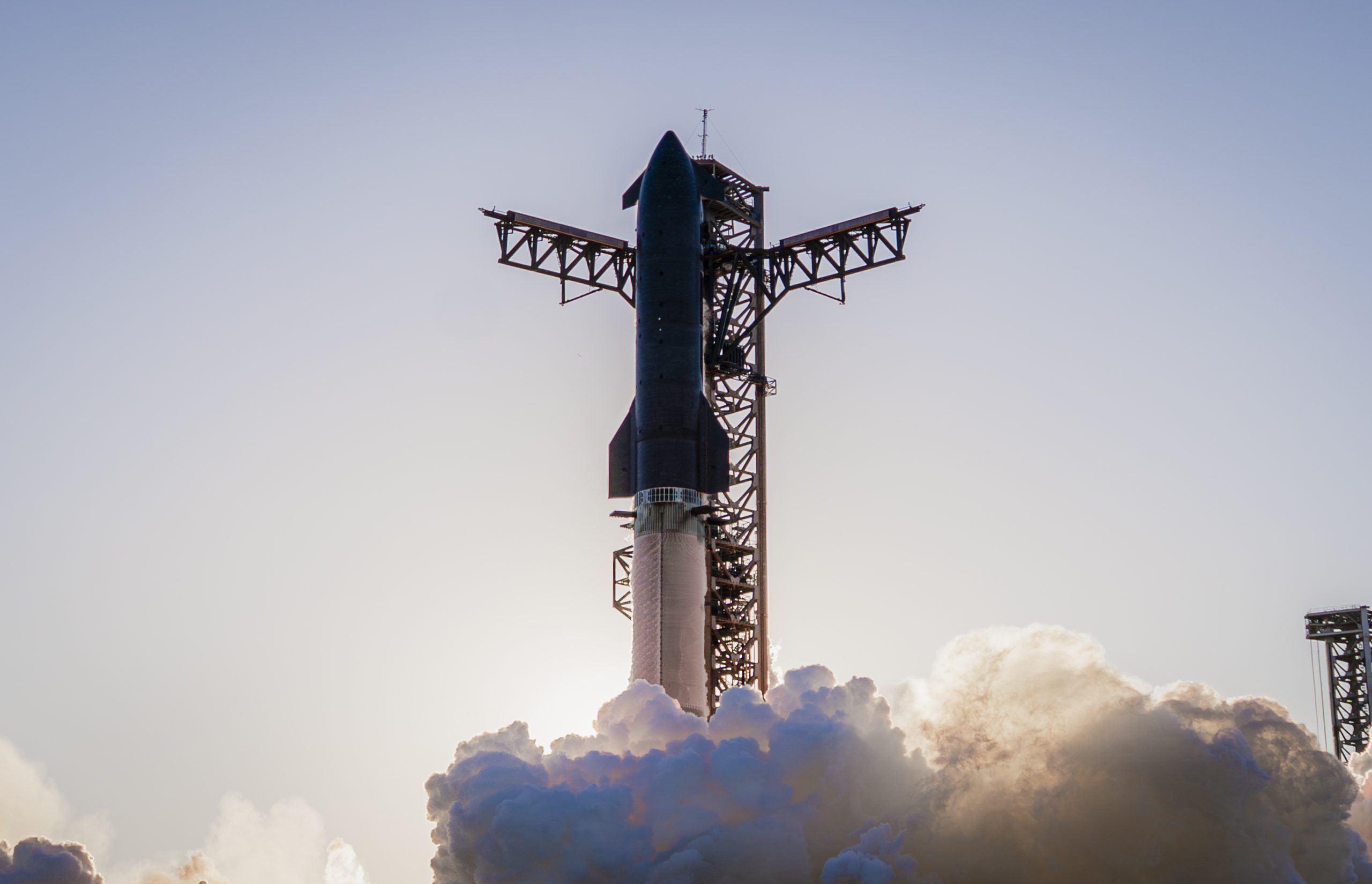
SpaceX recently shared an incredibly ambitious and bold update about Starship V3’s 12th test flight.
Despite the anomaly that damaged Booster 18, SpaceX maintained that it was still following its plans for the upgraded spacecraft and booster for the coming months. Needless to say, it appears that it will take more than an anomaly to stop SpaceX’s march towards Starship V3’s refinement.
Starship V3 is still on a rapid development path
SpaceX’s update was posted through the private space company’s official account on social media platform X. As per the company, “the Starbase team plans to have the next Super Heavy booster stacked in December, which puts it on pace with the test schedule planned for the first Starship V3 vehicle and associated ground systems.”
SpaceX then announced that Starship V3’s maiden flight is still expected to happen early next year. “Starship’s twelfth flight test remains targeted for the first quarter of 2026,” the company wrote in its post on X.
Elon Musk mentioned a similar timeline on X earlier this year. In the lead up to Starshp Flight 11, which proved flawless, Musk stated that “Starship V3 is a massive upgrade from the current V2 and should be through production and testing by end of year, with heavy flight activity next year.” Musk has also mentioned that Starship V3 should be good enough to use for initial Mars missions.
Booster 18 failure not slowing Starship V3’s schedule
SpaceX’s bold update came after Booster 18 experienced a major anomaly during gas system pressure testing at SpaceX’s Massey facility in Starbase, Texas. SpaceX confirmed in a post on X that no propellant was loaded, no engines were installed, and personnel were positioned at a safe distance when the booster’s lower section crumpled, resulting in no injuries.
Still, livestream footage showed significant damage around the liquid oxygen tank area of Booster 18, leading observers to speculate that the booster was a total loss. Booster 18 was among the earliest vehicles in the Starship V3 series, making the failure notable. Despite the setback, Starship V3’s development plans appear unchanged, with SpaceX pushing ahead of its Q1 2026 test flight target.
News
Tesla Sweden faces fresh union blockade at key Gothenburg paint shop
Allround Lack works with painting and damage repair of passenger cars, including Teslas.
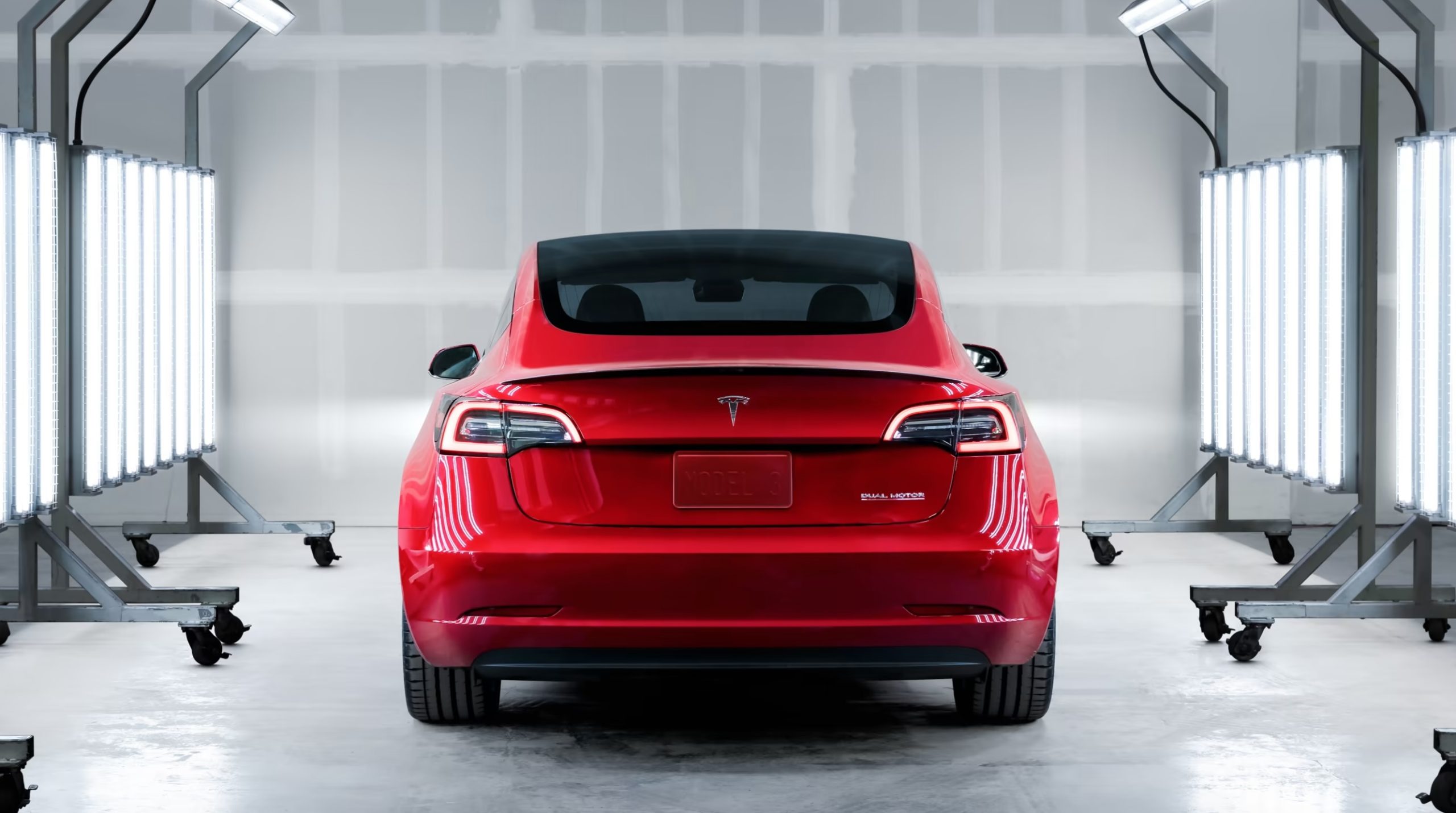
Tesla’s ongoing labor conflict in Sweden escalated again as the trade union IF Metall issued a new blockade halting all Tesla paintwork at Allround Lack in Gothenburg.
Allround Lack works with painting and damage repair of passenger cars, including Teslas. It currently employs about 20 employees.
Yet another blockade against Tesla Sweden
IF Metall’s latest notice ordered a full work stoppage for all Tesla-related activity at Allround Lack. With the blockade in place, paint jobs on Tesla-owned vehicles, factory-warranty repairs, and transport-damage fixes, will be effectively frozen, as noted in a report from Dagens Arbete. While Allround Lack is a small paint shop, its work with Tesla means that the blockade would add challenges to the company’s operations in Sweden, at least to some degree.
Paint shop blockades have been a recurring tool in the longstanding conflict. The first appeared in late 2023, when repair shops were barred from servicing Tesla vehicles. Days later, the Painters’ Union implemented a nationwide halt on Tesla paint work across more than 100 shops. Since then, a steady stream of workshops has been pulled into the conflict.
Earlier blockades faced backlash from consumers
The sweeping effects of the early blockades drew criticism from industry groups and consumers. Employers and industry organization Transportföretagen stated that the strikes harmed numerous workshops across Sweden, with about 10 of its members losing about 50% of their revenue.
Private owners also expressed their objections. Tibor Blomhäll, chairman of Tesla Club Sweden, told DA in a previous statement that the blockades from IF Metall gave the impression that the union was specifically attacking consumers. “If I get parking damage to my car, I pay for the paint myself. The company Tesla is not involved in that deal at all. So many people felt singled out, almost stigmatized. What have I done as a private individual to get a union against me?” Blomhäll stated.
In response to these complaints, IF Metall introduced exemptions, allowing severely damaged vehicles to be repaired. The union later reopened access for private owners at workshops with collective agreements. The blockades at the workshops were also reformulated to only apply to work that is “ordered by Tesla on Tesla’s own cars, as well as work covered by factory warranties and transport damage on Tesla cars.”
News
Tesla breaks Norway’s all-time annual sales record with one month to spare
With November alone delivering 4,260 new registrations, Tesla has cemented its most dominant year ever in one of Europe’s most mature EV markets.
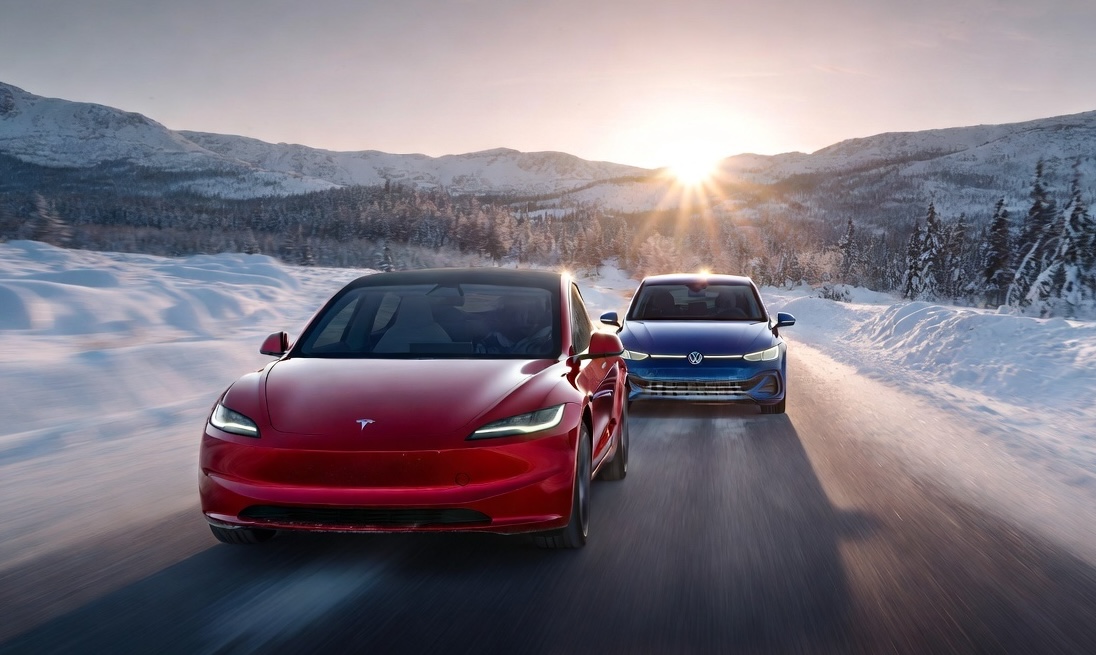
Tesla shattered Norway’s decade-old annual sales record this month, overtaking Volkswagen’s long-standing milestone with over one month still left in the year. Backed by surging demand ahead of Norway’s upcoming VAT changes, Tesla has already registered 26,666 vehicles year-to-date, surpassing Volkswagen’s 2016 record of 26,572 units.
With November alone delivering 4,260 new registrations month-to-date, Tesla has cemented its most dominant year ever in one of Europe’s most mature EV markets.
Model Y drives historic surge in Norway
Tesla’s impressive momentum has been led overwhelmingly by the Model Y, which accounted for 21,517 of Norway’s registrations this year, as noted in a CarUp report, citing data from Elbil Statistik. The Model 3 followed with 5,087 units, while the Model S and Model X contributed 30 and 19 vehicles, respectively. Even the parallel-imported Cybertruck made the charts with 13 registrations.
Demand intensified sharply through autumn as Norwegian buyers rushed to secure deliveries before the country’s VAT changes take effect in January. The new regulation is expected to add roughly NOK 50,000 to the price of a Model Y, prompting a wave of early purchases that helped lift Tesla beyond the previous all-time record well before year-end.
With December still ahead, Tesla is positioned to extend its historic lead further. Needless to say, it appears that Norway will prove to be one of Tesla’s strongest markets in Europe.
FSD could be a notable demand driver in 2026
What’s especially interesting about Tesla’s feat in Norway is that the company’s biggest selling point today, Full Self-Driving (Supervised), is not yet available there. Tesla, however, recently noted in a post on X that the Dutch regulator RDW has reportedly committed to issuing a Netherlands national approval for FSD (Supervised) in February 2026.
The RDW posted a response to Tesla’s post, clarifying the February 2026 target but stating that FSD’s approval is not assured yet. “The RDW has drawn up a schedule with Tesla in which Tesla is expected to be able to demonstrate that FSD Supervised meets the requirements in February 2026. RDW and Tesla know what efforts need to be made to make a decision on this in February. Whether the schedule will be met remains to be seen in the coming period,” the RDW wrote in a post on its official wesbite.
If FSD (Supervised) does get approved next year, Tesla’s vehicles could gain a notable advantage over competitors, as they would be the only vehicles on the market capable of driving themselves on both inner-city streets and highways with practically no driver input.








